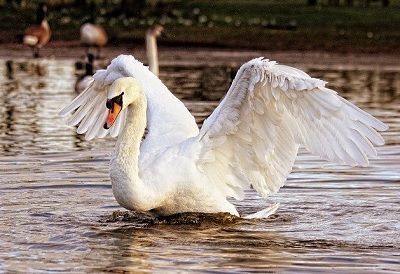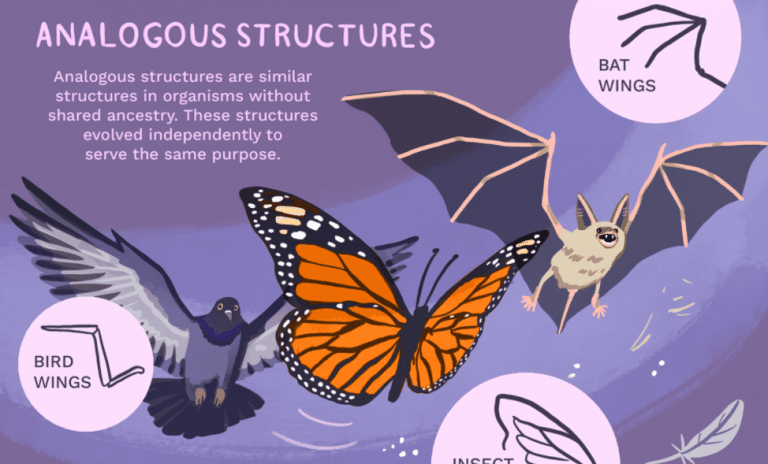

In 18 a man who is Darwin's bitterest enemy, he is the only man that Darwin was ever said to have hated, so he's not exactly a big fan, these guys do not form a mutual admiration society, but Owen is a cosmic morphologist, he's the greatest paleontologist and comparative anatomist of his generation, and Owen said look, we have to be able to compare structures, and we can do it on a number of different criteria.Īnd he's not talking about evolution as saying look, this bone is a humerus because it connects to the same bones in all the animals we're looking at. Let's go back to the thinking of Richard Owen. What is so interesting about the presentation of homology by intelligent design advocates as with creation science, scientists and so on, is that they take a concept that isn't even evolutionary and they manage to completely destroy the fundamental basis on which it's built. Goethe, many of the other German scholars who worked with him, some of French scholars in days, and many of the scholars in Britain at this same time, contributed to this, including notably Sir Richard Owen, who was a little bit older than Darwin but really contemporary with him, but a complete anti-Darwinist in the sense of not accepting natural selection and not accepting the possibility of change from one species to the others in ways that Darwin and the evolutionists proposed. He worked on plants and animals and was a great contributor to these ideas of morphology. Goethe was one of the first people who developed this concept in vertebrates as well as in plants because he was besides being the author of Faust and a great poet he was also a great morphologist. The notion of homology, the ability to compare comparable parts among organisms, goes back to the 1700's.

It's the idea that allows you to compare structures in different animals, the kinds of structures that enable you to say that the bone you have here that we call a humerus is a humerus in a human, it's a humerus in a bat or a goat or a bird or a frog, and this is a very old concept. Homology is the central concept of comparative biology. What's homology? Last concept, Your Honor.Ī. Chapter 5 of Pandas attempts to overturn the idea that homology is strong evidence for common ancestry.Ĭreationist misrepresentations of Homology and Analogy Slide 83: In the final section, Padian turns to homology and analogy, fundamental concepts in comparative biology.


 0 kommentar(er)
0 kommentar(er)
